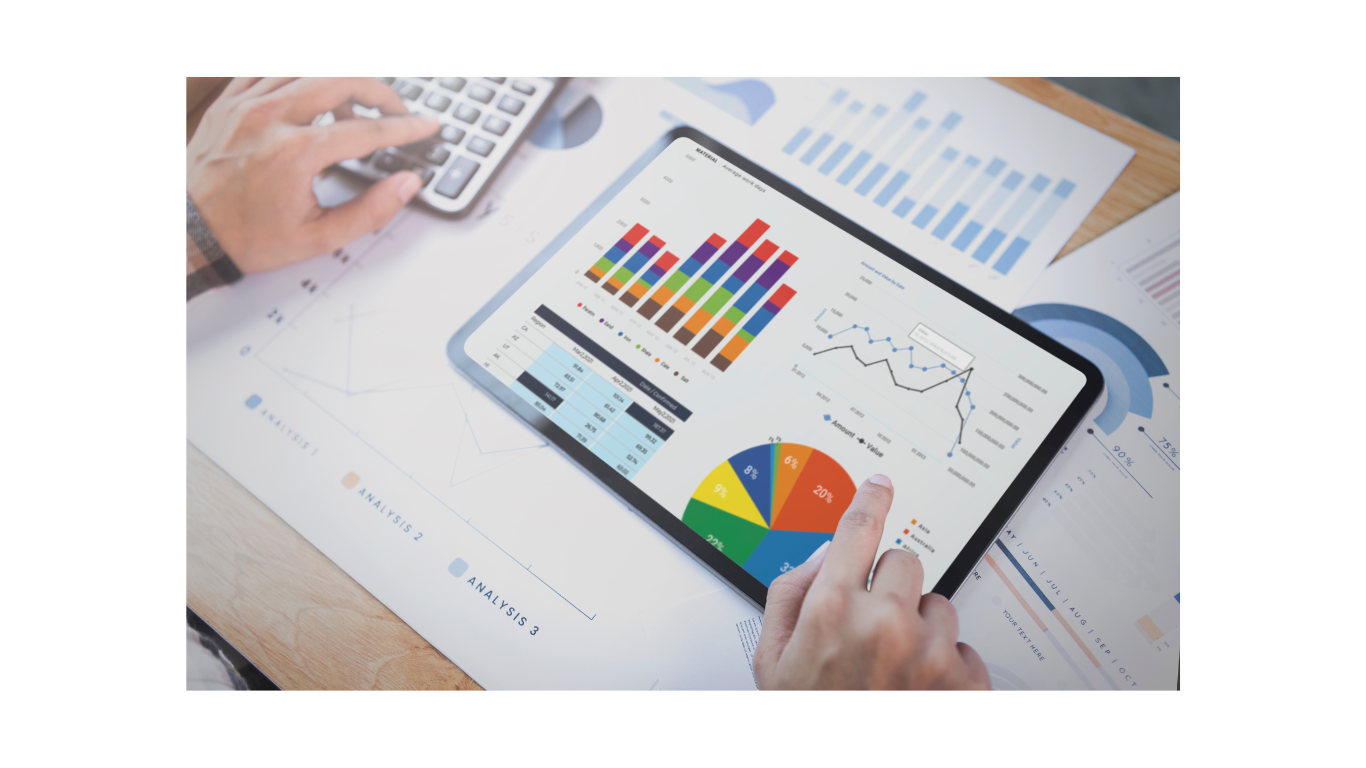Businesses and individuals rely on financial analysis when making economic decisions. The financial analysis evaluates a company’s financial statements to make informed investment decisions.
The days of recording financial information on paper and pen are behind us. Aside from the potential for errors, this process takes time and is tedious.
Several software applications exist to streamline financial analysis and ensure accuracy. Among these tools is Microsoft Excel, which has served businesses worldwide for over thirty years.
Excel is a spreadsheet application with various statistical and financial functions that enable users to run reports and analyze financial data.
This article discusses why Excel continues to gain relevance when performing financial and statistical analysis and how your business can benefit from using it to run your financial analysis and decision-making processes.
Let’s get started!
5 Importance of Using Excel for Financial Analysis
1. Ease of Use
One of the significant importance of doing financial analysis with Excel is its user-friendliness and simplicity, which means little or no background in finance or accounting is required to use it.
While this program has evolved over the years, it still maintains a familiar interface despite its versatility.
You simply need to know how to use a computer, and you’ll be able to create, read, and edit spreadsheets. Using Excel will give you a simple yet dependable solution to perform your analysis more securely.
2. Saves Time
Time is of the essence when it comes to making some business decisions, including financial analysis. Using Excel to carry out your economic evaluation is a wise choice if you’re looking to save time and resources.
This application provides automation functions that enable users to quickly shorten and analyze data sets and make informed business decisions.
For instance, Macros in Excel enable users to automate tasks involving repetitive operations, such as selecting and copying data from a spreadsheet to some other location/source.
3. Organize and Summarize Data
With Excel, you can use PivotTable to structure and arrange large amounts of data in more informative ways. It is possible to view financial statistics like moving averages, standard deviation, or percentage increase or decrease from a given starting point.
All this is done with just a few clicks. Using Excel to summarize data lets you present crucial financial information in an easy-to-understand way when conducting your analysis.
For example, suppose you want to compare a company’s financial performance over time. In that case, you can create a chart in Excel to present the report in a clear format without requiring a manual calculation.
4. Forecast the Future
Microsoft Excel is a powerful tool you can use to create financial models to estimate the future performance of a business.
A feature like Power Pivot simplifies creating complex financial models with Excel since all the calculations are automated and can be done in real-time. It leads to accurate forecasts using up-to-date numbers. Additionally,
Excel makes forecasting easier since you can easily incorporate different data sets and scenarios with varying assumptions to create highly accurate forecasts.
The great thing about using this program is that the more you understand it, the greater the value you’ll get out of it.
If you need intensive data forecasting, taking Microsoft Power BI courses for data analysis conducted by reputable institutions will help you gain a deeper understanding of the data you want to analyze and forecast.
5. Collaboration
Financial decisions are usually made after departments have analyzed the same data and presented the same report. This idea is to arrive at the best solution for all parties involved.
With Excel, you can collaborate on your financial analysis and share different templates and workbooks, allowing various departments to work in cohesion.
For example, once you’ve created templates containing data and calculations relevant to your business, you can share them with relevant departments. They can collaborate by viewing and even editing the workbook or template.
Excel’s easy-to-understand and digestible reports allow teams to understand the company’s financial situation and make informed decisions.
Conclusion
Microsoft Excel is an indispensable tool in an organization’s financial and data analysis initiatives. Businesses of all sizes use Excel to perform a variety of financial analytics, including cash flow forecasting, Monte Carlo analysis, and regression analysis.
This program has built-in features that make it simple to create reports and analyze financial data for comparison and forecasting purposes.
Learning to use Excel to run your financial analysis can save your company time and money, increase your ability to forecast the future, and contribute to better decision-making.
Blog from Nick Thomson














